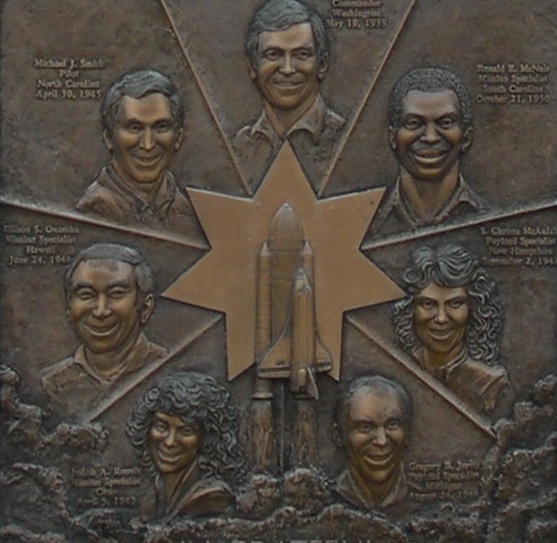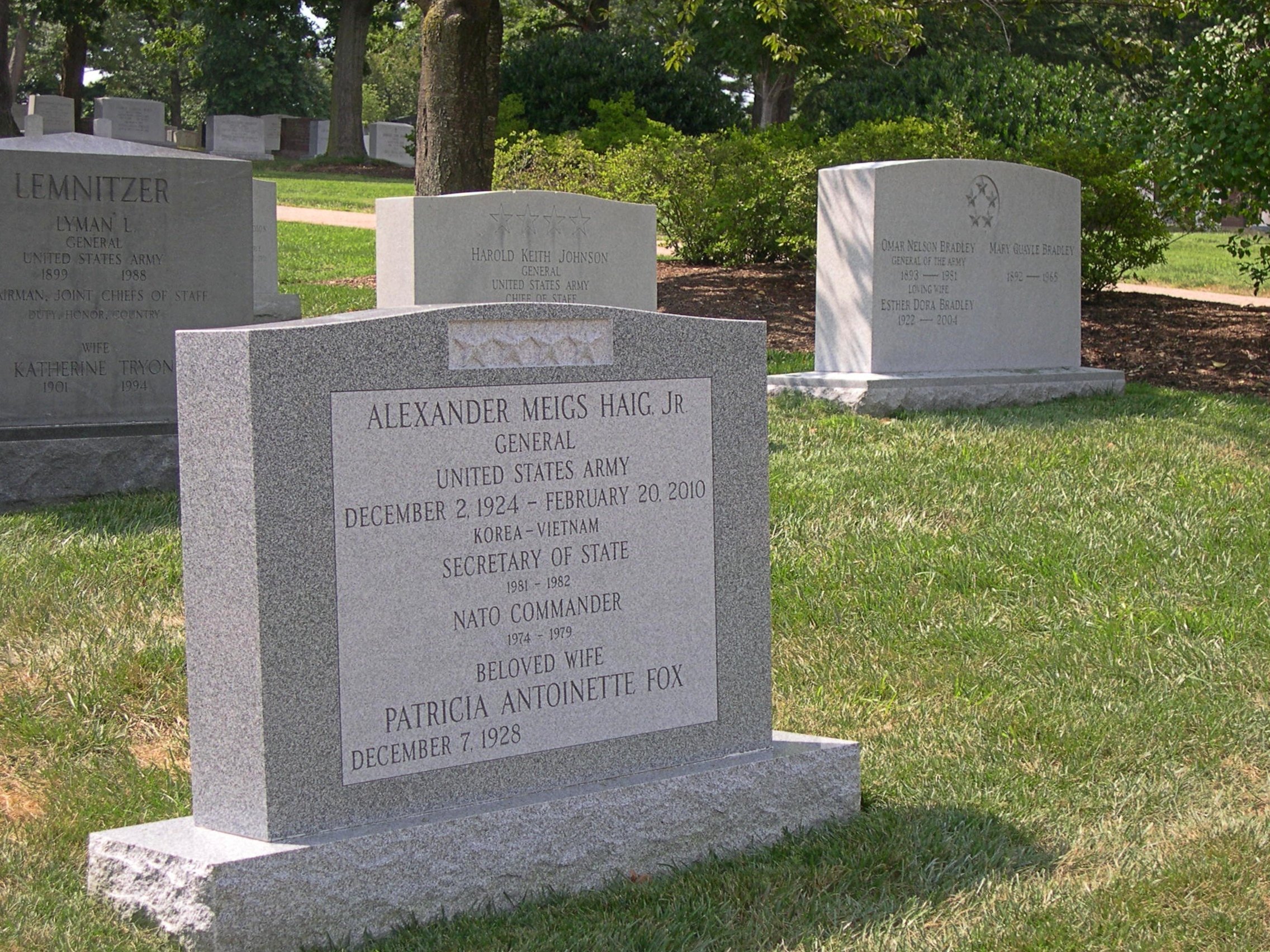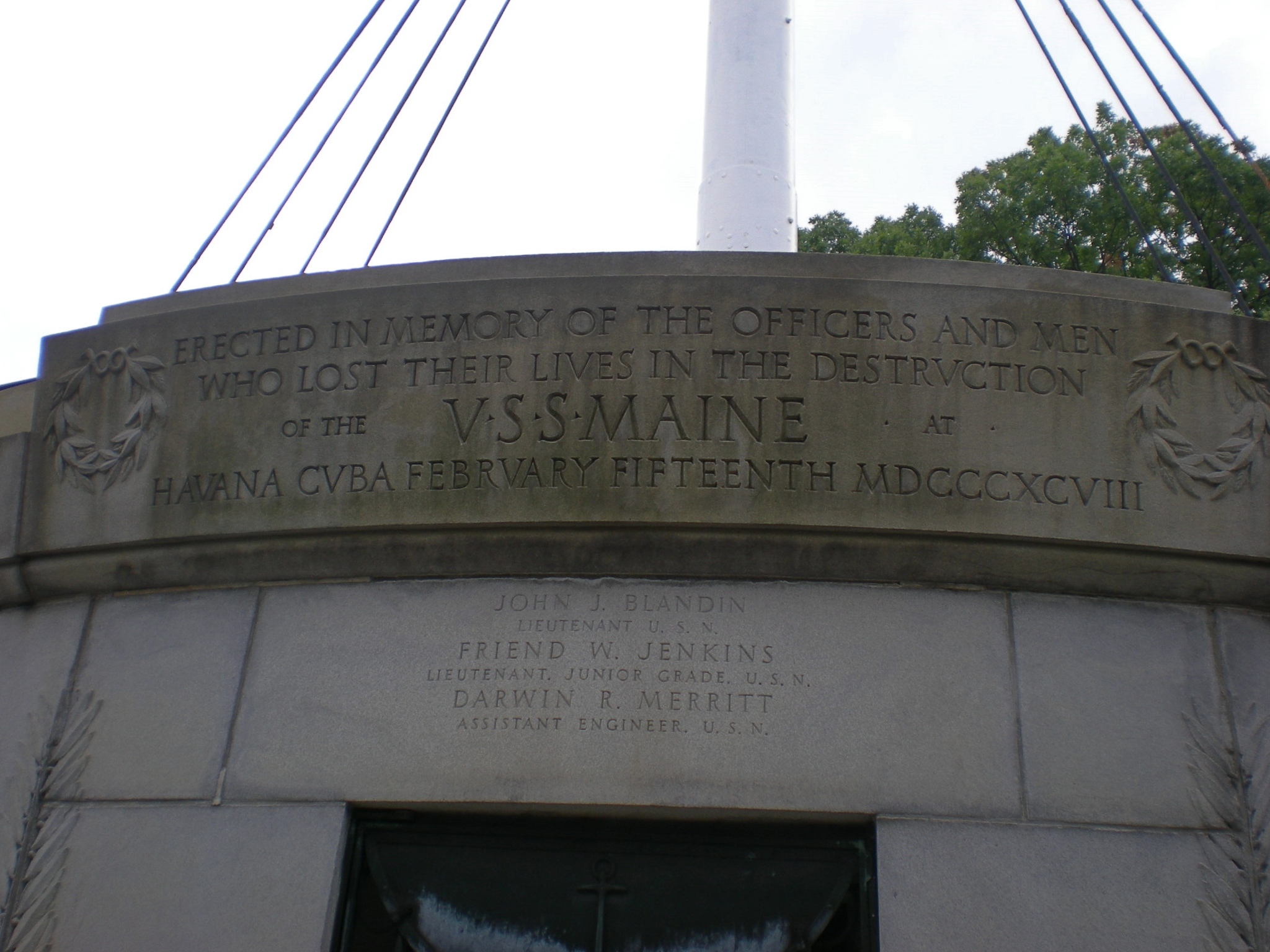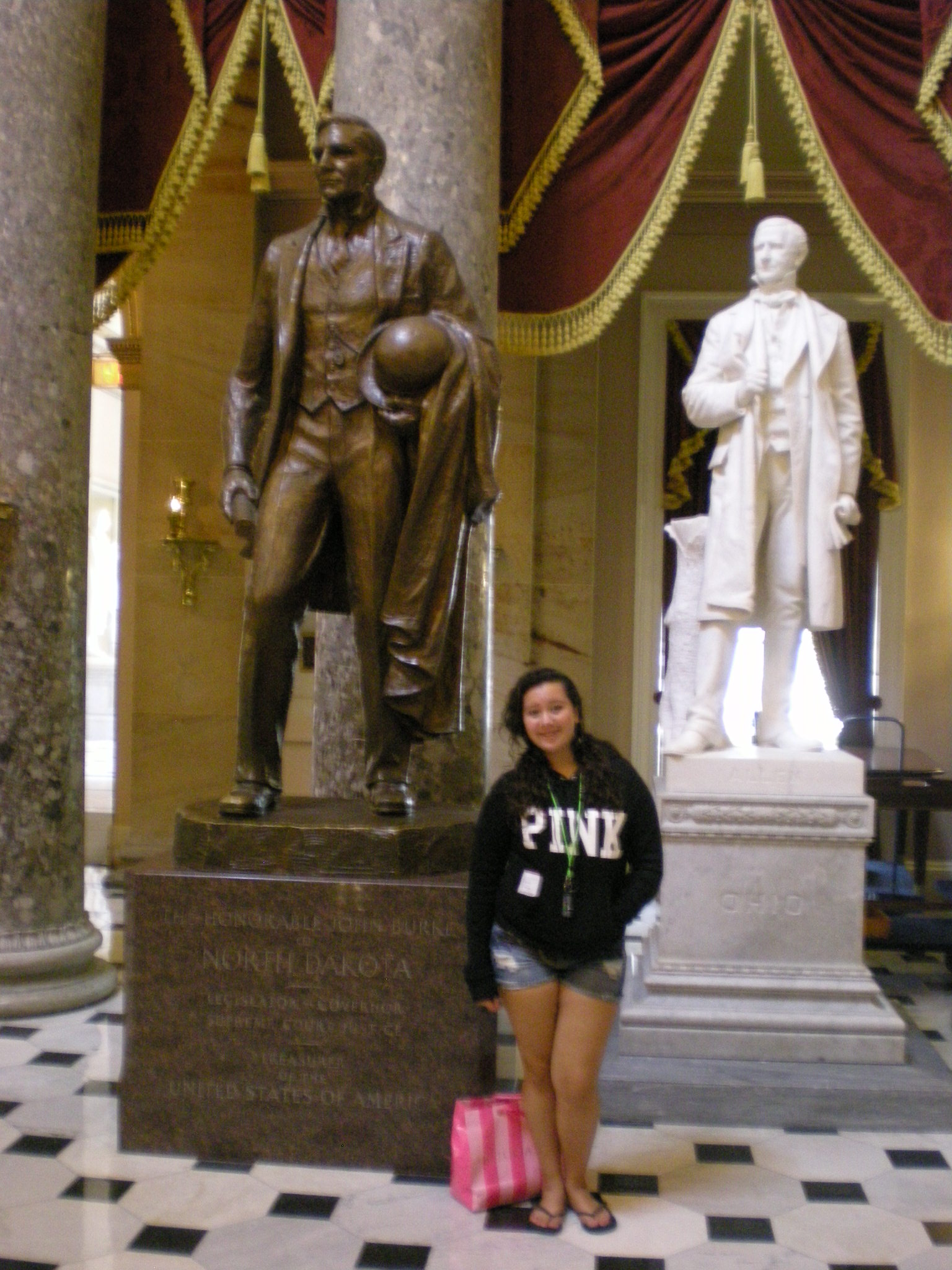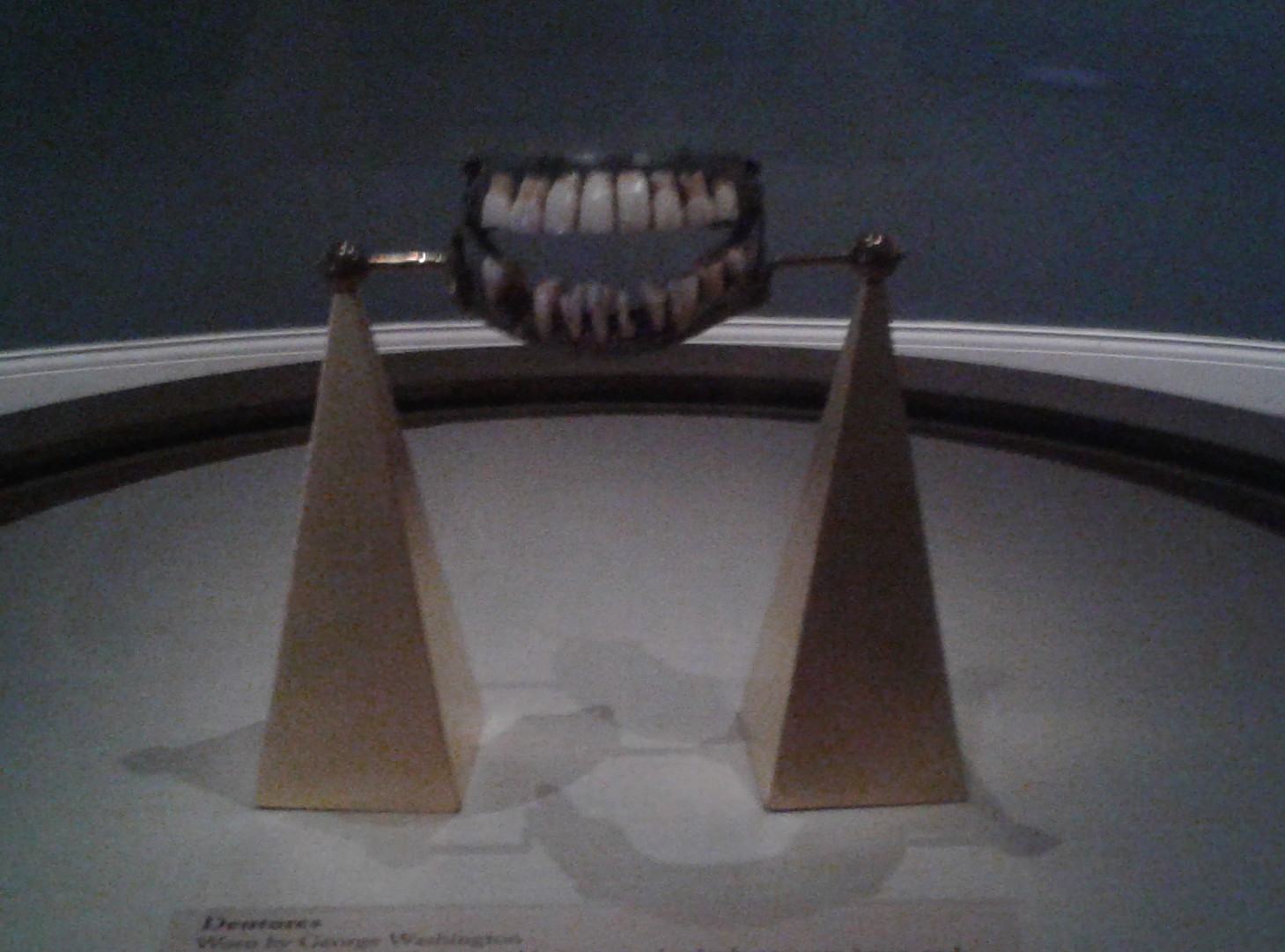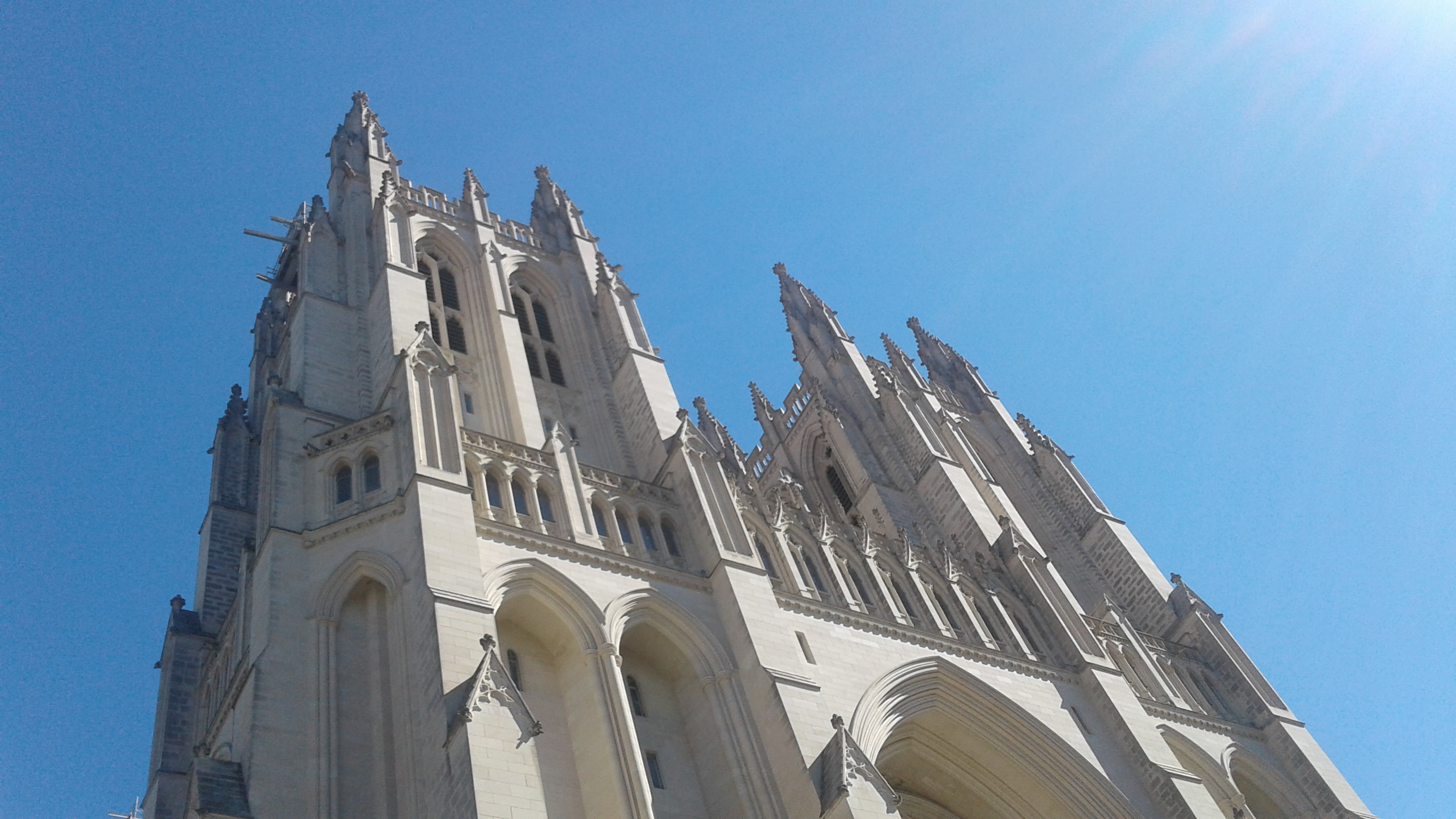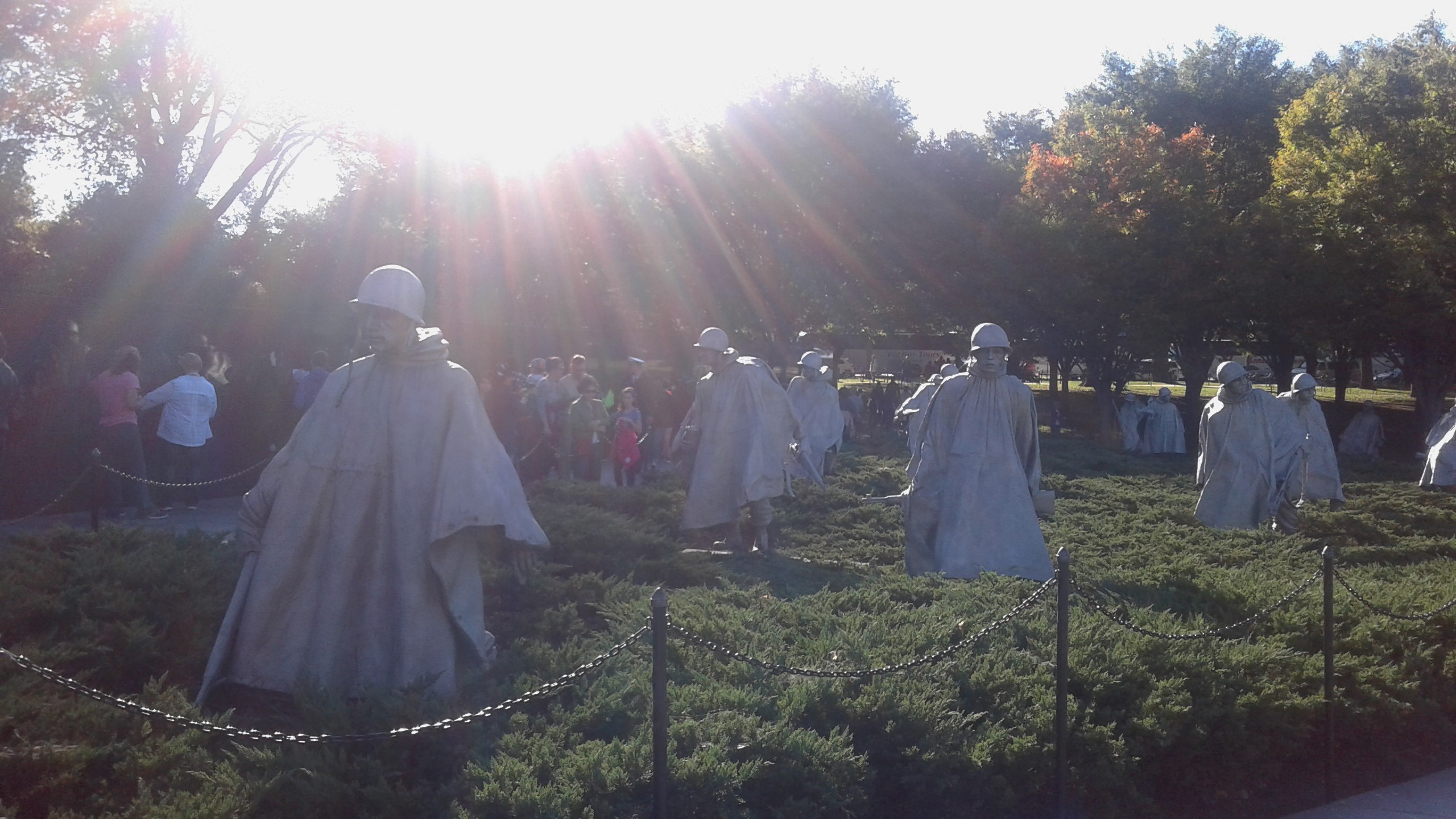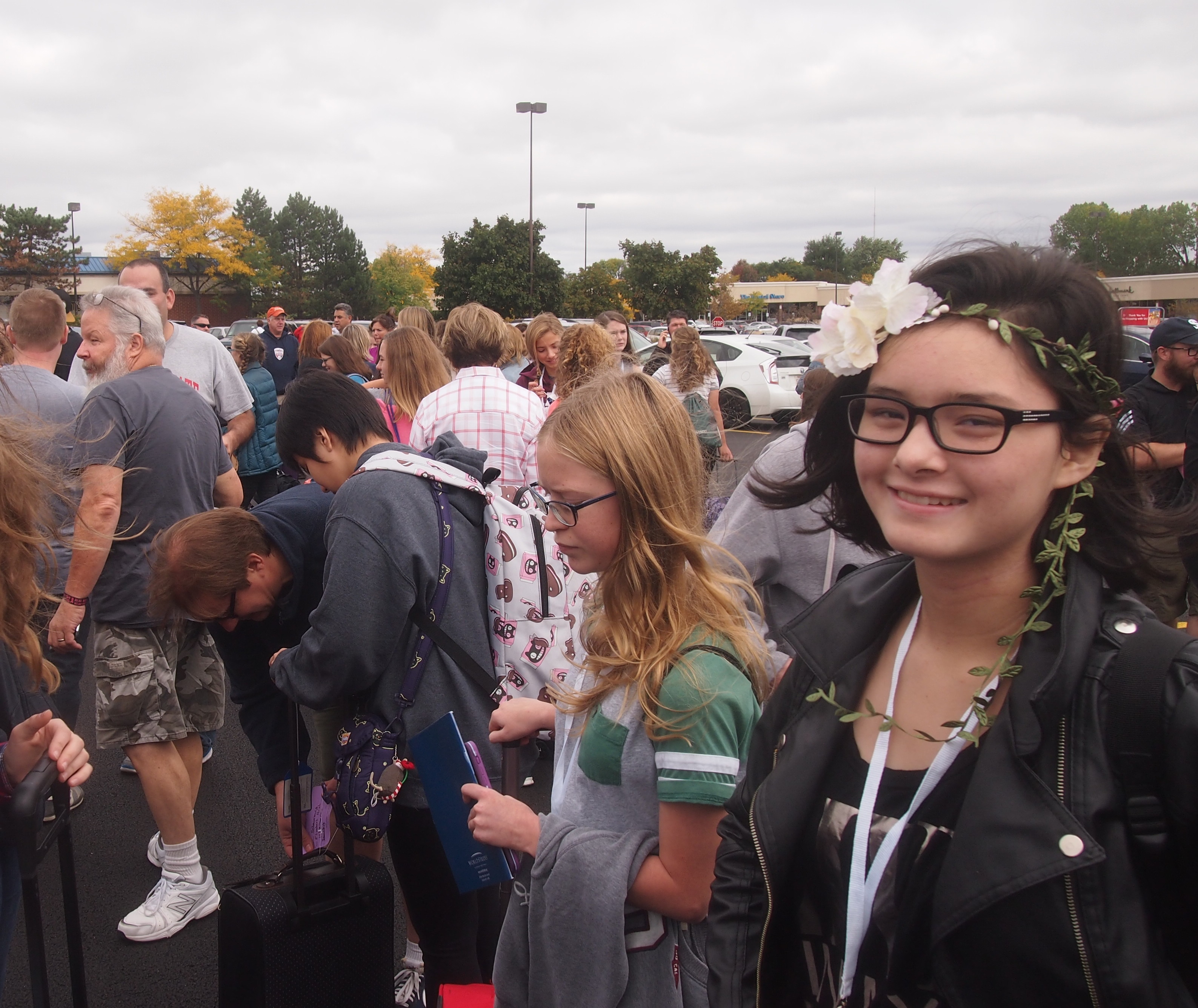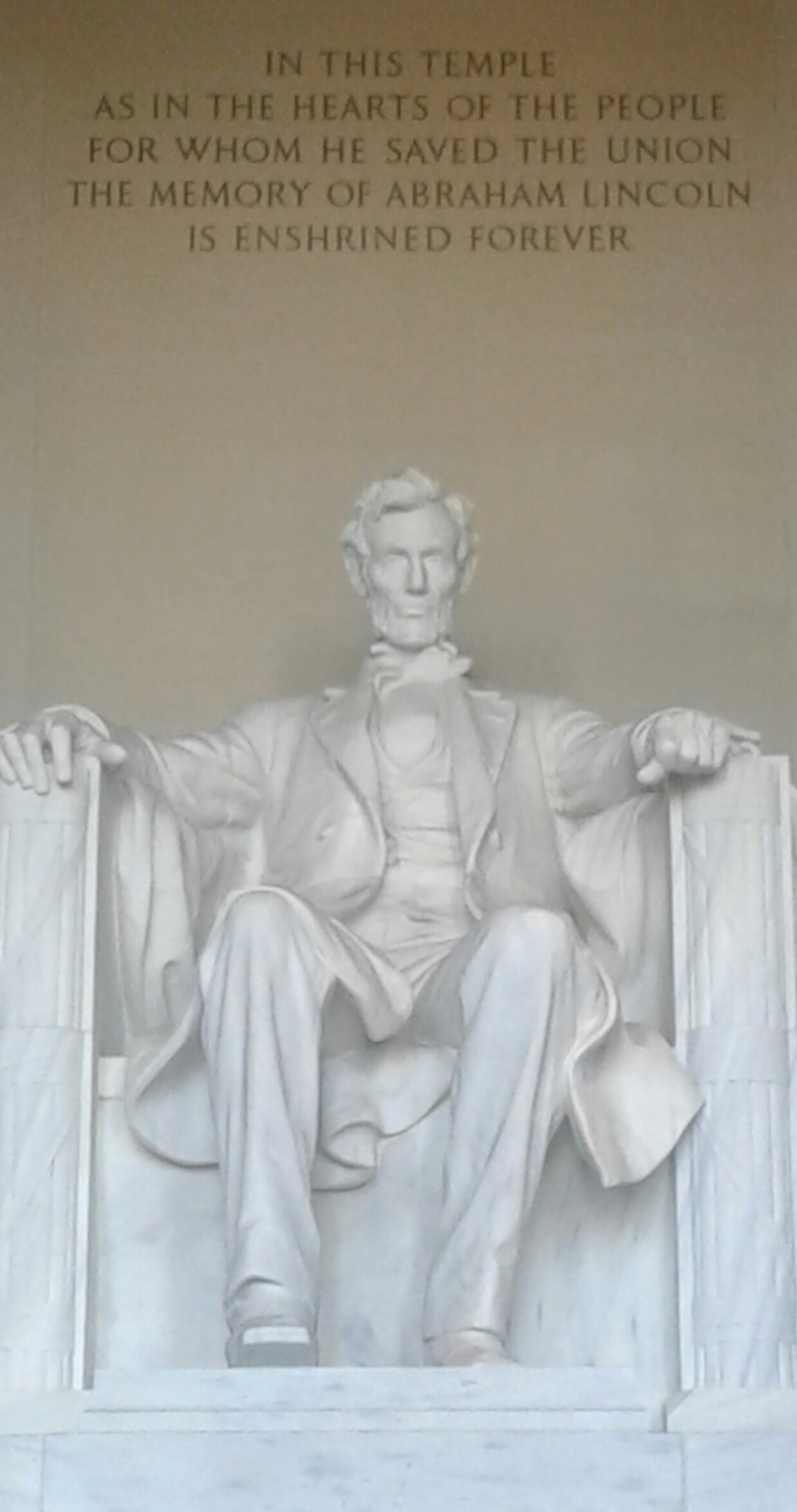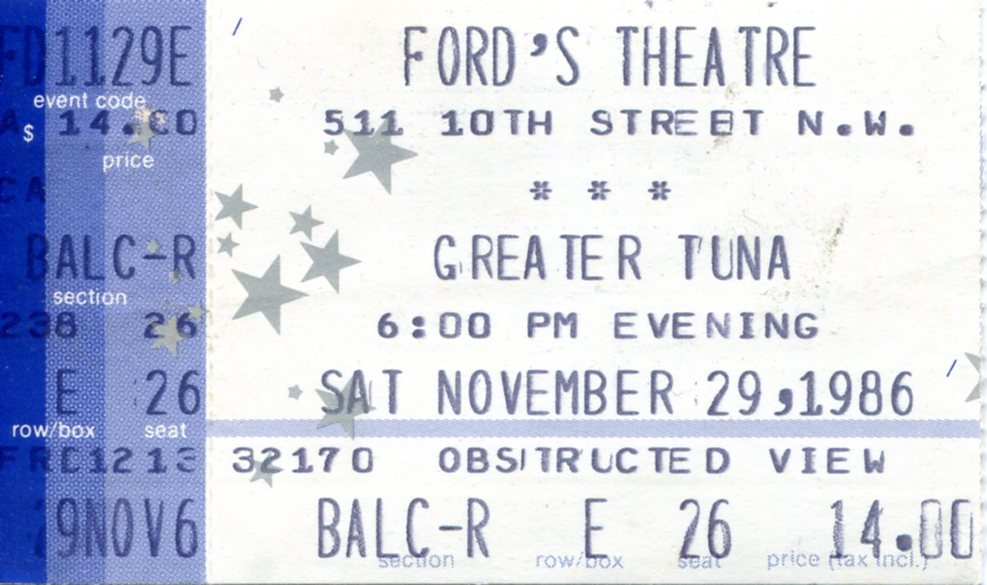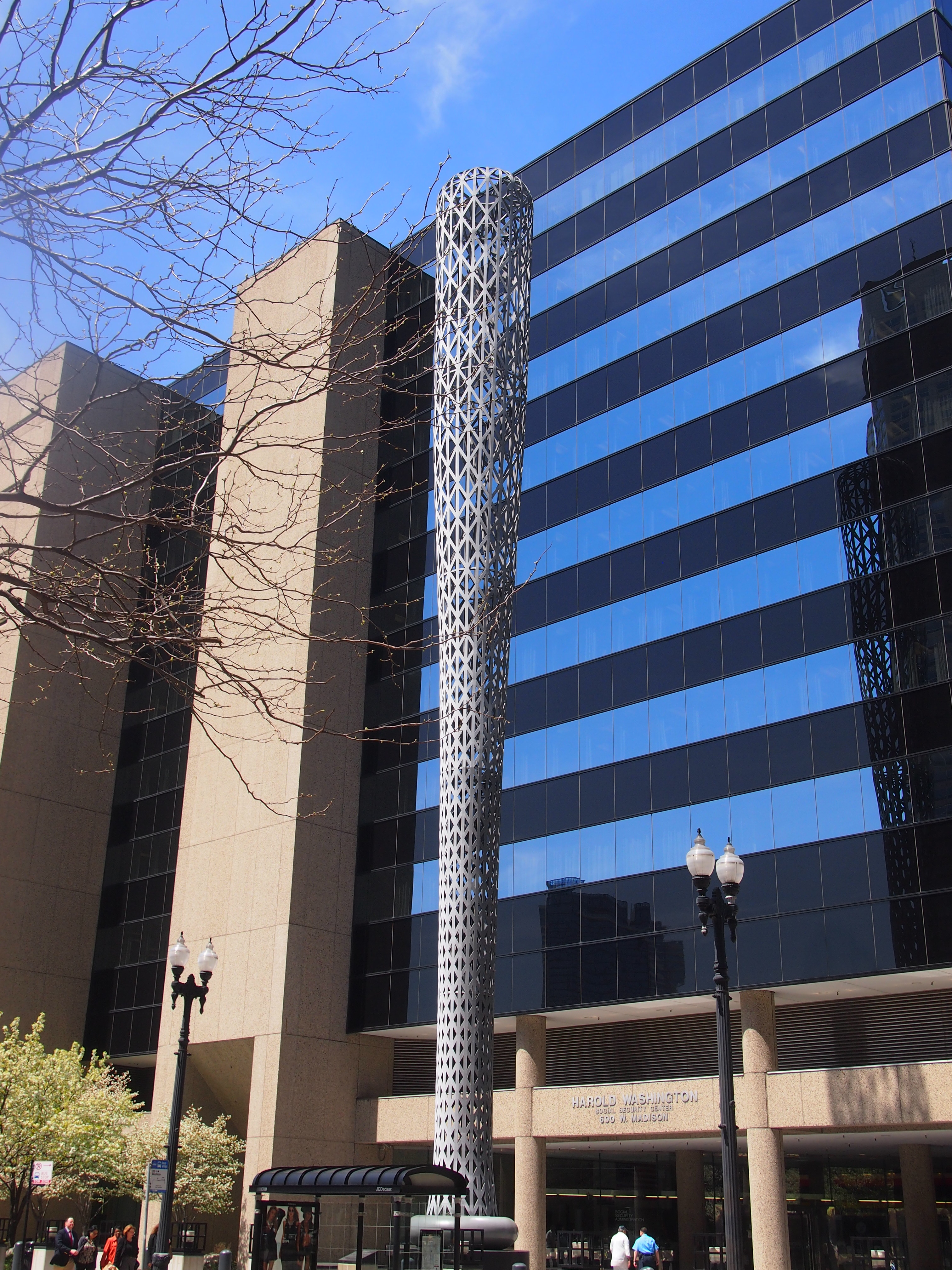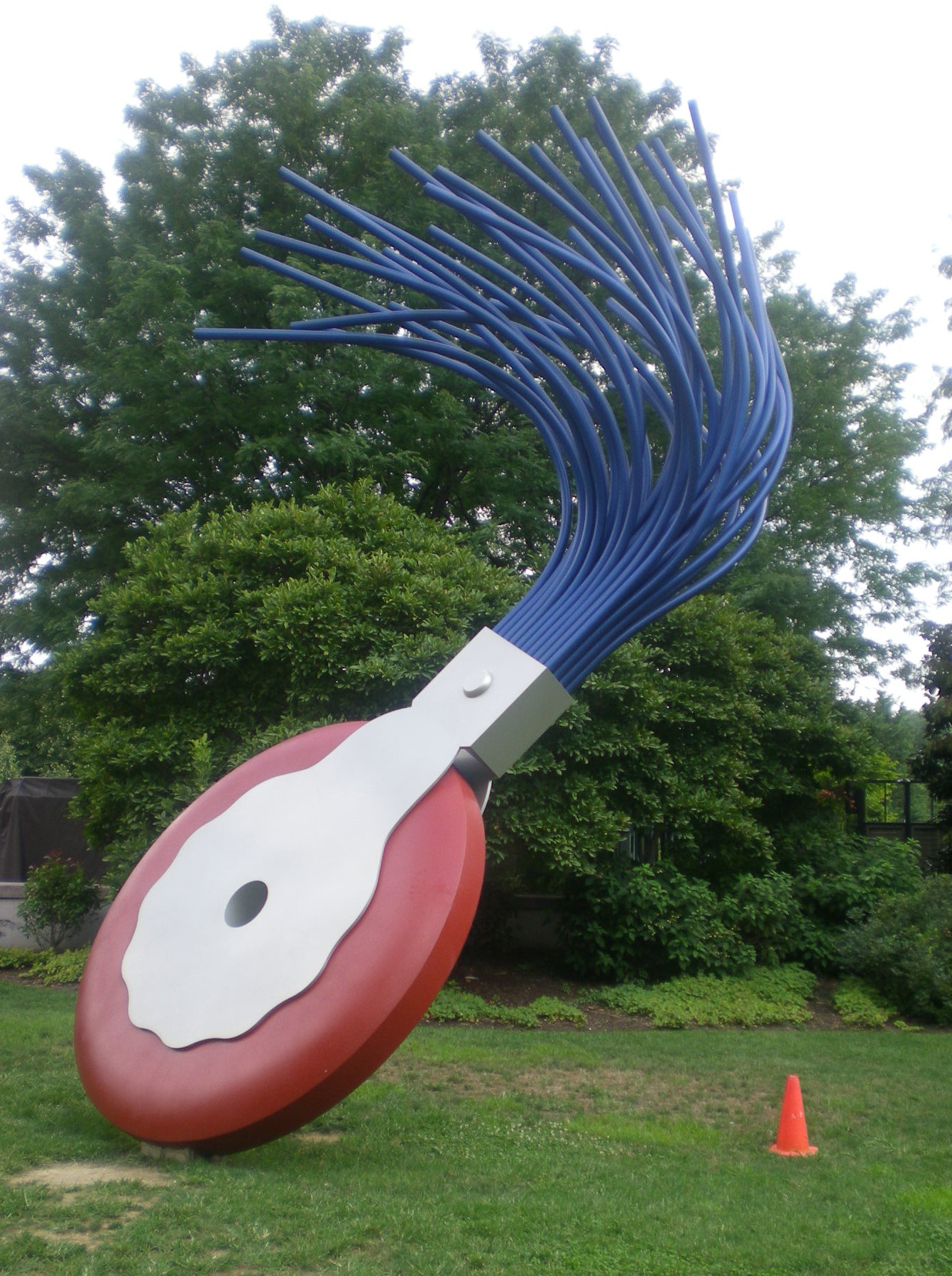On Friday morning, I noticed that I could have watched the opening ceremony to the Winter Olympics via live streaming if I’d gotten up at 5 a.m. Ha, ha. I was busy about then enjoying a dream about something or other. Then I forgot to watch any of the replay on regular TV, maybe because NBC’s treatment is always tiresome.
Considering that today is Lincoln’s birthday, it’s fitting that I picked up a book about him — partly about him — on Saturday at a resale shop, and started reading it as soon as I got home. But I wasn’t thinking about that coincidence when I bought the book. It didn’t occur to me until this morning.
The book is Manhunt, subtitled “The 12-Day Chase for Lincoln’s Killer,” by James L. Swanson (2006). I liked it from the beginning, namely “A Note to the Reader,” on page viii.
“This story is true. All the characters are real and were alive during the great manhunt of April 1865. Their words are authentic. Indeed, all text appearing within quotation marks comes from original sources: letters, manuscripts, affidavits, trial transcripts, newspapers, government reports, pamphlets, books, memoirs, and other documents. What happened in Washington, DC, in the spring of 1865, and in the swamps and rivers, and the forests and fields, of Maryland and Virginia during the next twelve days, is far too incredible to have ever been made up.”
In a case like this, I’d guess a surfeit of information and sources would be the writer’s challenge, rather than missing puzzle pieces. Among 19th-century crimes, Lincoln’s murder might well be the best documented.
So far Swanson seems up to the challenge. Even though I know a fair amount of the story, and have read other books about the assassination (e.g., The Day Lincoln Was Shot by James Bishop), Manhunt is a page-turner. I spent a fair amount of Saturday night and Sunday morning turning those pages.
Though the book hews close to the facts, that doesn’t keep Swanson from occasional interesting counterfactual musings. Such as a paragraph about what might have happened had Booth’s shot missed — his derringer had only one shot, after all.
“Had Booth missed, Lincoln could have risen from his chair to confront the assassin. At that moment, the president, cornered, with not only his own life in danger but also Mary’s, would almost certainly have fought back. If he did, Booth would have found himself outmatched, facing not kindly Father Abraham, but the aroused fury of the Mississippi River flatboatman who fought off a gang of murderous river pirates in the dead of night, the champion wrestler who, years before, humbled the Clary’s Grove boys in New Salem in a still legendary match, or even the fifty-six-year-old president who could still pick up a long, splitting-axe by his fingertips, raise it, extend his arm out parallel with the ground, and suspend the axe in midair. Lincoln could have choked the life out of the five-foot-eight-inch, 150-pound thespian, or wrestled him over the side of the box, launching Booth on a crippling dive to the stage almost twelve feet below.”
Also intriguing are the walk-on characters. Walk-on from the point of view of the main story, since no one is a walk-on in his or her own life. Such as “John Peanut,” the man — or teen — who worked as a menial at Ford’s Theatre and who held John Wilkes Booth’s horse in the alley behind the theater while the actor went off to become an assassin. Booth had asked Ford’s Theatre carpenter Ned Spangler to do so, but he fobbed the job off on “John Peanut,” who might have been named John or Joseph Burroughs or Burrows.
A little more information about this person is here, for what it’s worth. A Lincoln assassination buff named Roger Norton says, “I believe the best Lincoln assassination researchers in the world tried to find out what became of him, but nobody could succeed. The trail ends with his appearance at the trial. Mike Kauffman has suggested that his name was actually Borrows (sp?). Nobody knows his exact age in 1865 as far as I know, but ‘teens’ is a logical assumption.”
So there’s plenty in Manhunt to keep me interested. It’s become an express train blowing by the other books I’m reading at the moment: Trotsky: Fate of a Revolutionary, The Crossing (Cormac McCarthy) and a collection of Orwell’s essays, which is a re-read after a few decades.





